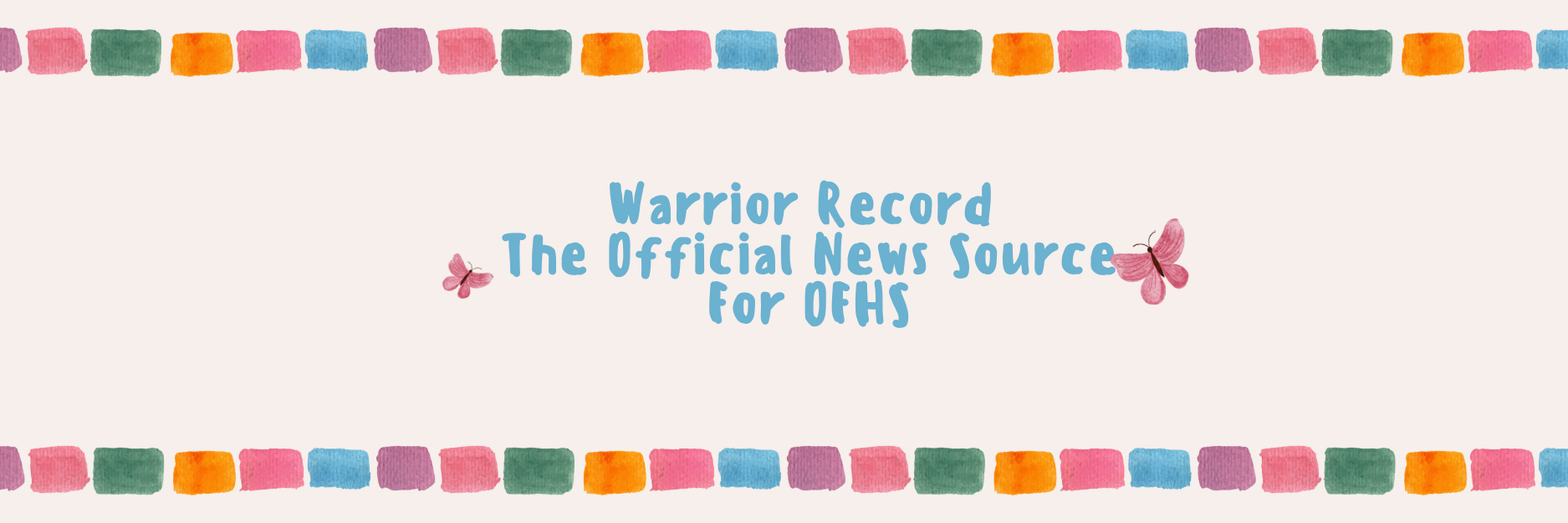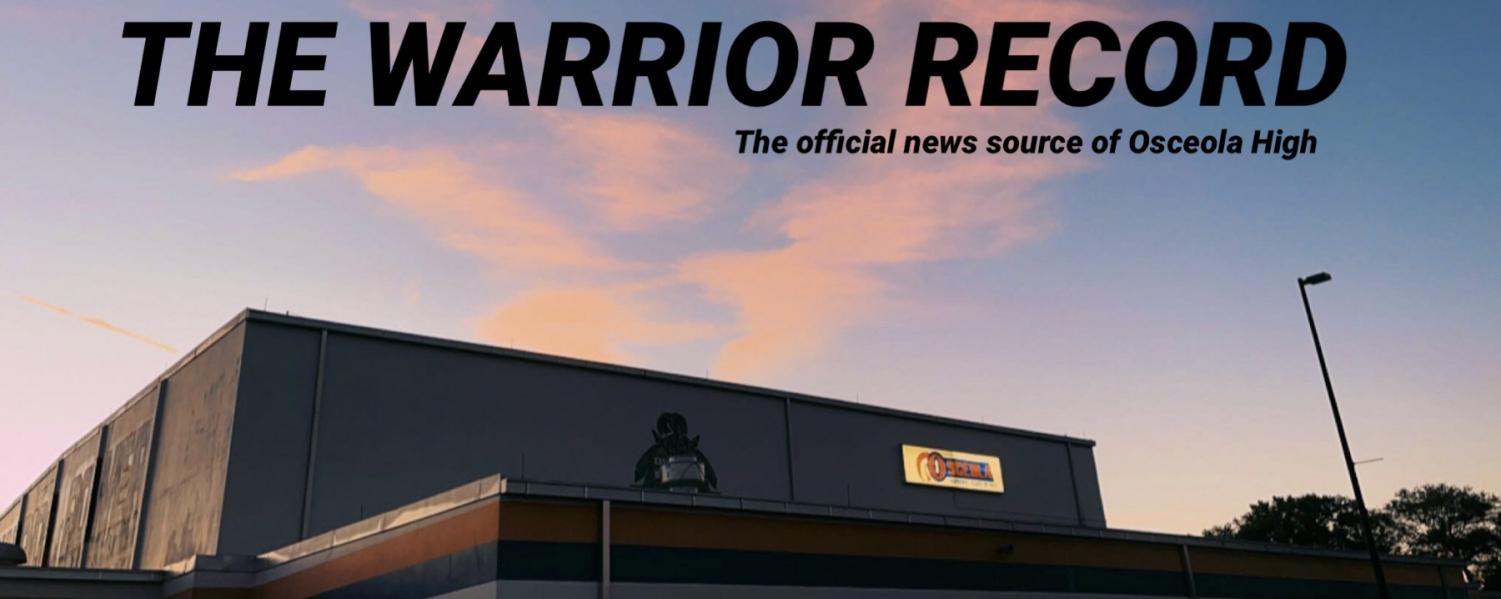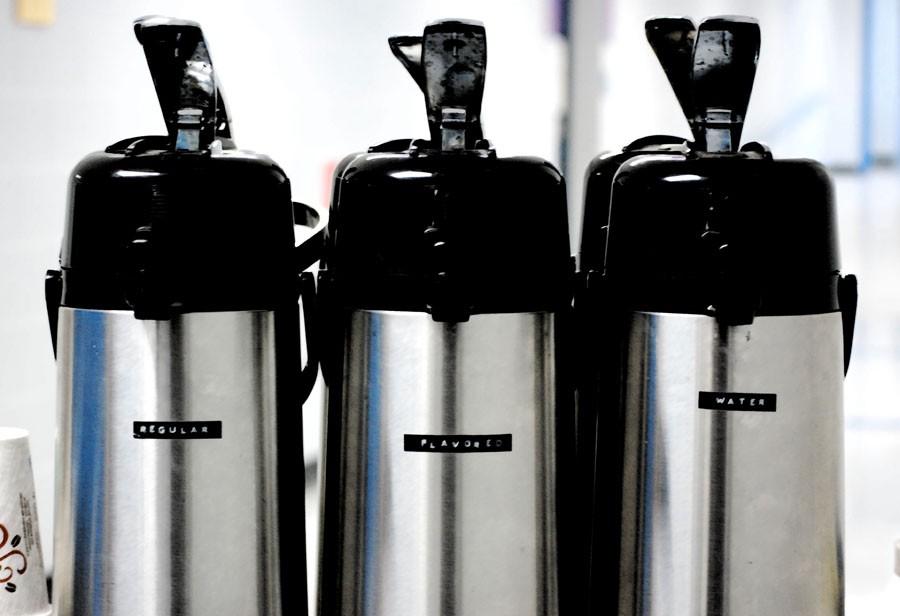Caffeine stimulates students
Jenna Cavaliere, 12th grade, strolls into school with an extra-large iced coffee from Dunkin Donuts in hand, “I buy coffee mostly every day. I’m really tired without coffee.” she said. As a new school day begins, students and teachers arrive with caffeinated beverages. According to Pediatrics (the Official Journal of the American Pediatrics) website, over the last 30 years, caffeine intake among teens has increased to 70 percent. A recent study shows that Americans spend an average of $1,092 a year on coffee. Caffeine has no nutritional or other food value. It is a psychoactive stimulant that affects brain chemistry. According to Science Direct, if a person does not get enough sleep, the natural circadian rhythm in a person’s body is disrupted and affects a person’s mood. Also, caffeine can disrupt hormone production and re-growth of new cells in the body. Naturally, caffeine has a bitter taste, but sugar is often added to the beverage. Sugar is not only empty calories but sweeteners can lead to obesity and diabetes.
Haley Nesto, 11th grade, has started drinking coffee since freshman year, “High school got me.” she smiled. On average, Haley Nesto has about 4 cups of coffee a day, “If I don’t have coffee, I can’t function…I tried going without coffee for a month.” she added.
Based on 36 different studies, researchers concluded that moderate long term coffee consumption (3-5oz.) lowers the risk of cardiovascular disease. In addition, drinking two cups of coffee a day has a 40% chance of lowering liver cancer, according to Medical Daily.
Since the weather has cooled down and Halloween décor is starting to be hung up, many Starbucks lovers are excited that the famous Pumpkin Spice Latte is back, “Hot coffee and Pumpkin Spice Latte are my favorite.” Haley added.
Your donation will support the student journalists of Osceola Fundamental High School. Your contribution will allow us to purchase equipment and cover our annual website hosting costs.


